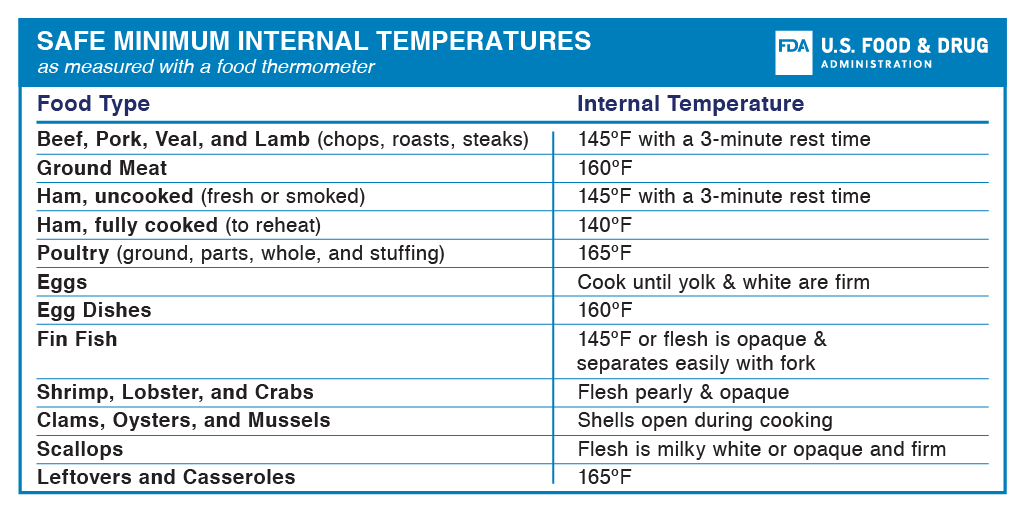Your Essential Guide to Food Safety and Thermometer Tips
Written by: Amani Ezzo, Director of Menu Services
As we continue our dedication to provide nutrition education in long-term healthcare, we're shifting our focus to a crucial aspect: Food Safety.
In the world of long-term care facilities, where nutrition plays a vital role in our residents' overall health, the importance of precise temperature control can't be stressed enough. This newsletter is about sharing valuable insights and practical techniques to create a safer kitchen environment.
What's the proper way to utilize a thermometer to ensure precise temperature measurement?
Sanitize the thermometer before use with sanitizing wipes
Insert the thermometer into the thickest part of the food, avoid bones, excess fat, to prevent inaccurate readings
Allow the temperature reading to stabilize after insertion, ensuring an accurate assessment of the food's internal temperature
Avoid contact with the cooking pan or dish to prevent skewed readings
Recommended internal temperatures for the different types of food
Source: U.S Food & Drug Administration
Proven Strategies for Food Safety Excellence for Dietary Managers
Ensure that food thermometers are calibrated regularly to maintain accuracy
Regularly train your staff on the importance of temperature control and how to use food thermometers correctly.
Implement a system for temperature monitoring and logging to track compliance with safety standards. Check our blog: Chillin’ with Cooling logs
Perform random temperature checks during food preparation and cooking to reinforce the importance of this practice.


